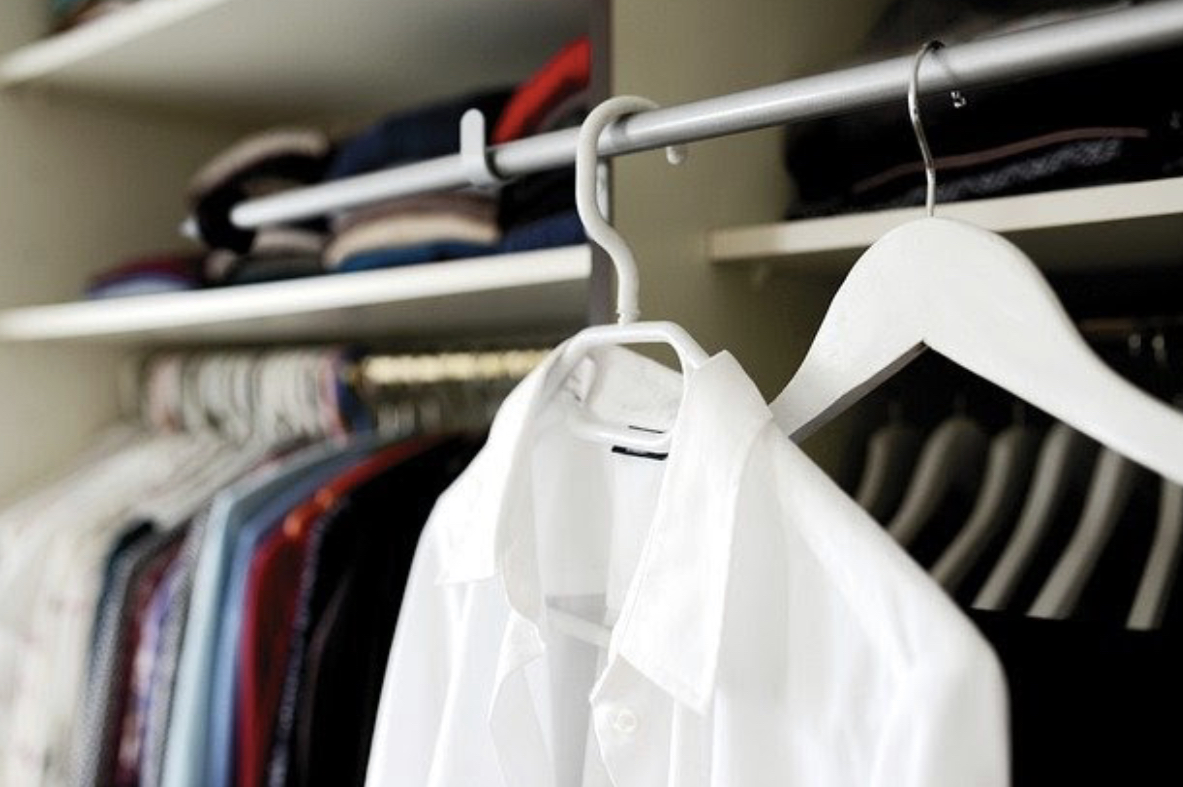Designing your wardrobe can be a lot of work, but it doesn’t have to be! With these 6 tips, you’ll learn how to design your wardrobe and make the process a little easier. Whether you’re looking to redesign your wardrobe or create one from scratch, this article is for you.
Start with a color palette
Choosing the right colors can be daunting, but it’s one of the most important wardrobe design decisions you’ll make. The color palette will determine not only your clothing choices for that day and week but also what colors look best on you.
What are some considerations when choosing a color palette?
In order to have harmony between all parts of an outfit, there needs to be a consistent relationship between fabrics in different colors: dark should match the light, warm should match cool, bright should match muted.
It is extremely helpful to draw out a grid with any wardrobe items you may need over the course of two weeks (in terms of tops, bottoms, dresses). Then choose five pieces from each category, so ten total outfits that would work with each other.
Think about getting a modular closet
Modular closets are excellent for organizing your wardrobe according to the type of clothes. For example, you can organize your dressy clothes and office outfits in one section while separating casual work attire from other clothing items like jeans or dresses that are worn less often.
You can create your own idea of a modular closet and have a professional make it. This way you will have your own unique modular closet system where you will stack your clothes just the way you like them. The method is great because your wardrobe will be much more organized and it will always be a delight opening it.
Consider your lifestyle and what you’ll need to wear for it
Everyone has different lifestyles, and wardrobe design is all about taking your lifestyle into consideration. A major factor will be what you’ll need to wear for it in the form of professional attire, sportswear, or everyday clothing.
It’s helpful to think about how active/sedentary you are on a daily basis, as well as if you plan on dressing up when going out after work at night (or other activities). Considerations like these can help narrow down wardrobe options so that they’re tailored specifically to meet those needs. You will always know how to combine clothes and will have no trouble picking what you’ll wear for the next day.
Consider the seasons
There are clothes for every season, and wardrobe design is all about picking the ones that are right for each of them. As a reminder, you need to choose pieces of clothing that can be worn in different temperatures based on where you live or what season it is.
- In summer, dress lighter with short sleeves and light fabrics such as linen or cotton if possible
- In winter, pile up layers of sweaters plus coats and jackets to stay warm in freezing temps
- When deciding between two seasons like spring/summer vs fall/winter – go by comfort level
- One wardrobe rule is to limit any one color or style. You don’t want your wardrobe to look too repetitive
- no clothes that are out of season, like a heavy down jacket in summer when the weather is scorching hot
- Consider accessories such as belts and scarves for accessorizing different outfits
Choose clothing items that can be mixed and matched with each other
Matching clothing items to create outfits can be problematic. When you want to match things, it’s important that they are of the same color and fabric type (e.g., silk blouses with skirts or trousers). Try matching clothing items by size instead: if one is a dress and the other an undershirt, both could be small. If one is a shirt made from linen material and the other polyester blend, they might both be medium in size. This helps keep wardrobe planning easy while ensuring clothes remain versatile for different occasions.
Get rid of clothes that don’t fit or are outdated
Give away or throw out everything you are not wearing anymore. When you are choosing what clothes to keep, choose the ones that fit and make your wardrobe look fresh by adding new colors. Do not be afraid to get rid of some items like old jeans or sweaters if they don’t work for your wardrobe design. This way you’ll make sure that there is always space for new items and that there is no clutter in the closet. The storage will never be full and you’ll always have nice and new things to wear.

The key to a successful closet is finding the right balance between staying true to your style and making sure you have clothes that can be worn in different temperatures. Choosing clothing items that are modular, meaning they go well together and mix-and-match with each other will save you time while giving you more outfit options. It’s also important to think about what kind of lifestyle or climate changes might happen over the course of one year so we suggest getting rid of any clothes that don’t fit anymore or are out of date for current trends.
Published on Holr Magazine


